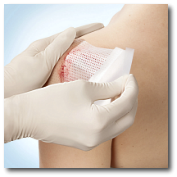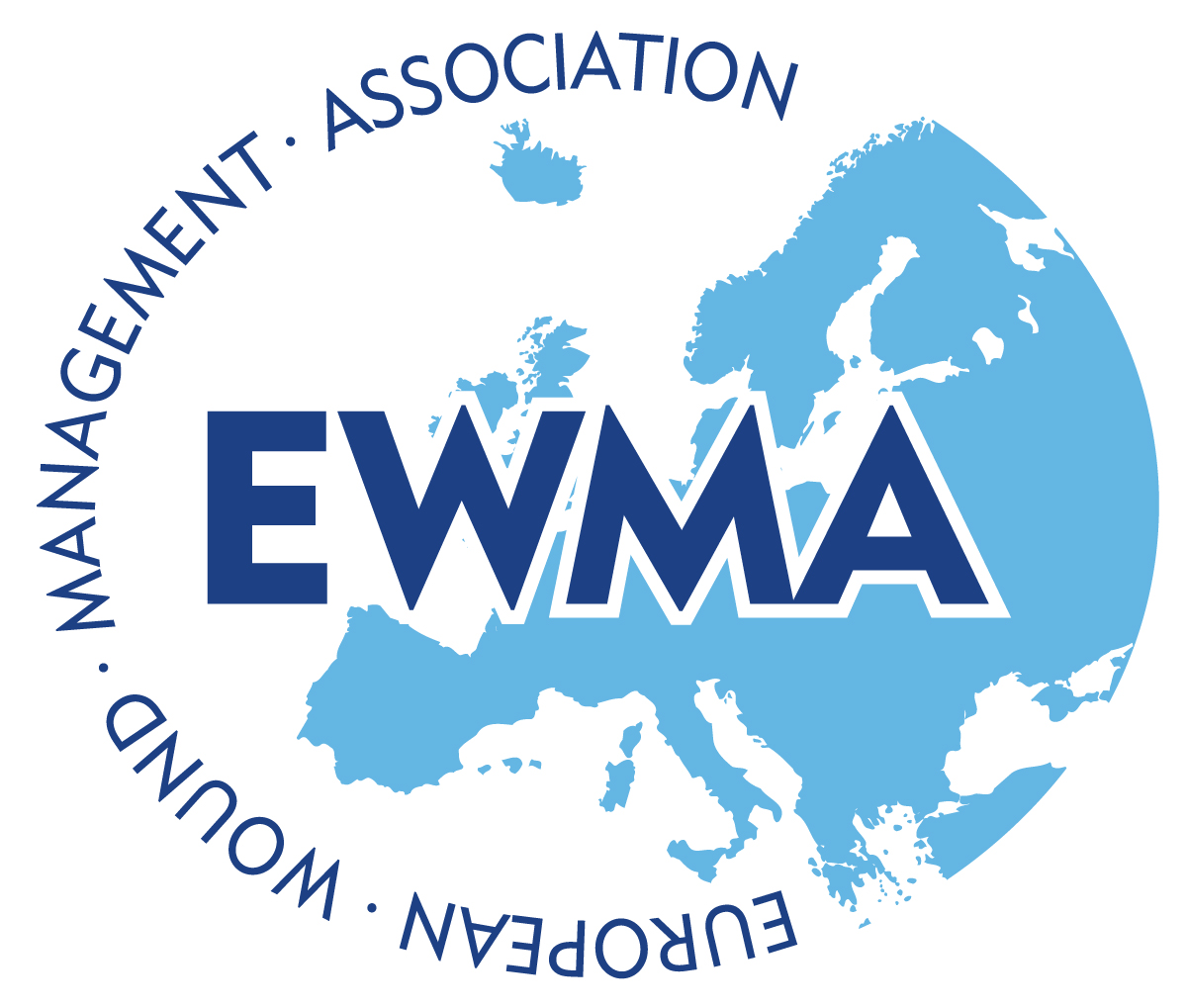 Despite the vast amount of advanced wound care products available as well as an evidence-based practice that supports wet to dry dressings are substandard, I still receive daily calls from clinicians reporting new wound care orders for wet to dry dressings to be performed in the home setting, usually twice daily.
Despite the vast amount of advanced wound care products available as well as an evidence-based practice that supports wet to dry dressings are substandard, I still receive daily calls from clinicians reporting new wound care orders for wet to dry dressings to be performed in the home setting, usually twice daily.
What exactly is a wet to dry dressing?
A typical wet to dry is a saline moistened dressing, which is placed in the wound bed. It is left to dry and removed usually every 4 to 6 hours. Removing this dried gauze acts as a mechanical debridement agent.
Now let’s discuss what happens to and in the wound with this removal process.
First, non- selective mechanical debridement. When that dry gauze is pulled from the wound bed, it also pulls any tissue that has adhered during the drying process. Often it is newly formed, healthy viable tissue that is removed, causing trauma and/or bleeding to the wound bed as well as increased pain for the patient.
The second thing that occurs is local tissue cooling. Wounds are very picky about the climate of the environment in which they can heal. Cells tend to do their best work at a normal body temperature of 98.6 F. When the wound temperature decreases, it may take up to 4 hours to return to an optimal temperature. During this time, healing stops. Therefore, the more frequent dressing removal, the less time the wound is healing.
Finally, the risk of infection is greater with wet to dry dressings due to strands of gauze that maybe be left in the wound. The local tissue cooling discussed above leads to vasoconstriction and lower oxygen amounts being delivered to the tissue, which also increases susceptibility to infection.
Shying away from wet to dry dressing can lead to decreased healing times, decreased infection risk, decreased over-utilized home health visits, as well as decreased pain with dressing changes which may increase compliance.
When discussing why wet to dry dressings are not the standard with providers who tend to write for wet to dry dressings exclusively, I have found discussing the topics above has allowed me to further educate on the products available to provide a moist wound environment, therefore increasing healing rates. As the saying goes, a little extra knowledge goes a long way.


